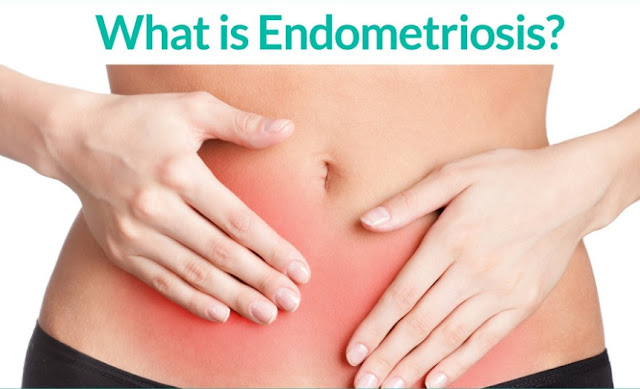The Real Deal on Endometriosis: The Chronic Condition That Affects 1 in 10 Women
On Monday, Girls creator and star Lena Dunham announced on Instagram that she won't be doing a press tour for the show's sixth season due to health issues.
"As many of you know I have endometriosis, a chronic condition that affects approximately 1 in 10 women's reproductive health," she captioned a photo of her hand resting on bed sheets. "I am currently going through a rough patch with the illness, and my body (along with my amazing doctors) let me know, in no uncertain terms, that it's time to rest."
Dunham, 29, has been open about her struggle with endometriosis in the past. In November, she wrote an essay in her *Lenny *newsletter detailing how her condition can become so painful, it can impact her ability to work.
Unfortunately, Dunham isn't alone. About 5 million American women suffer from endometriosis, a painful disorder in which tissue that normally grows inside the uterus grows outside of it, according to the U.S. Department of Health and Human Services. Endometriosis can cause cysts and scar tissue to develop, which often results in severe pain when a sufferer has her period.
While pain is the most common symptom of endometriosis (including severe period cramps, long-term back and pelvic pain, and pain during and after sex), infertility, bleeding, and digestive problems are also symptoms.
Flare-ups like Dunham's aren't uncommon, especially during reproductive years, says ob-gyn Alyssa Dweck, M.D., an assistant clinical professor at the Mount Sinai School of Medicine.
However, not all endometriosis sufferers experience them, says Jason James, M.D., medical director at Miami's FemCare Ob-Gyn. "Endometriosis is a chronic disease that can vary significantly in severity from patient to patient," he says. "Some women may be completely asymptomatic, while others can have flare-ups that can be quite debilitating."
What causes these rough patches, exactly? It's often due to a woman's menstrual cycle, James says, but stress can also influence how often the flare-ups happen, how long they last, and how severe they will be.
Since endometriosis is different from patient to patient, treatment for flare-ups often is as well. Rest, like Dunham is doing, can help limit the severity of the symptoms and how long they last, James says, along with pain medication like anti-inflammatories or narcotics.
Hormonal therapy, like the Pill may also be helpful, Dweck says, as well as getting an injectable medication called Lupron, which "puts the ovaries in a quiet state."
Diet modification, especially by adding more fruit and green vegetables and lowering your intake of red meat may help, and there may be some benefit to using acupuncture therapy, says James, but there isn't a lot of great data to support alternative therapies to help minimize flare-ups.
Unfortunately, there's no cure for endometriosis or its rough patches, short of removing a woman's ovaries, tubes, and uterus, which also can have significant negative health effects.
James notes that there are a variety of medical treatments available for endometriosis and flare-ups, all with different potential side effects. However, their effectiveness really depends on the patient.
"Hopefully we will have better treatment options in the future with more efficacy," he says.
